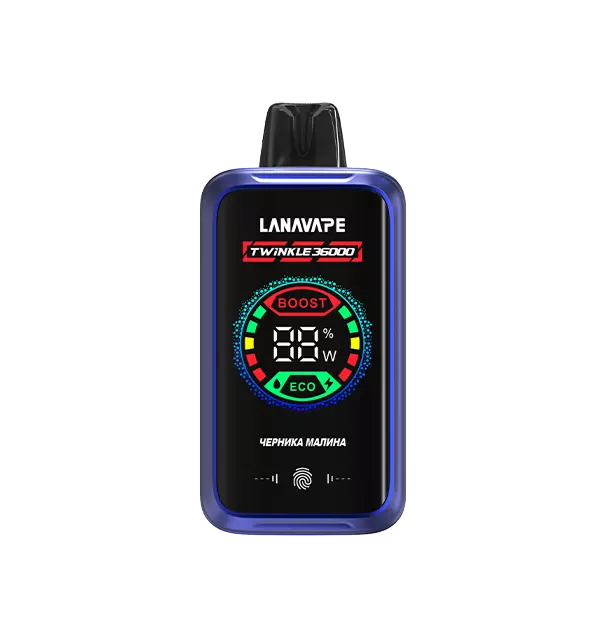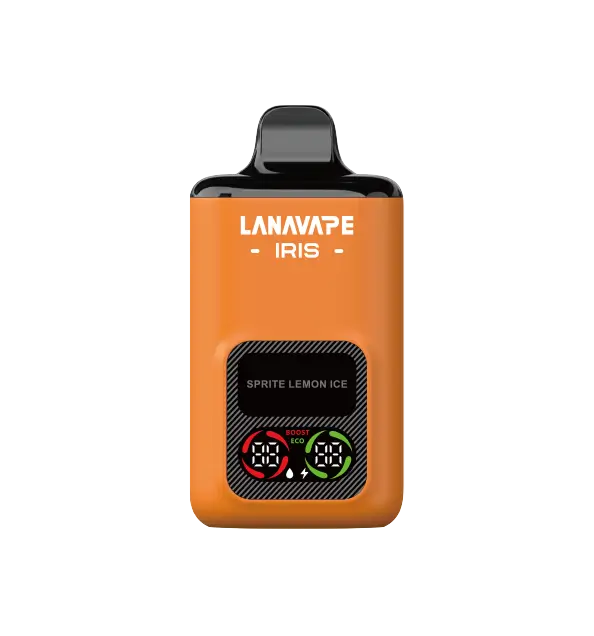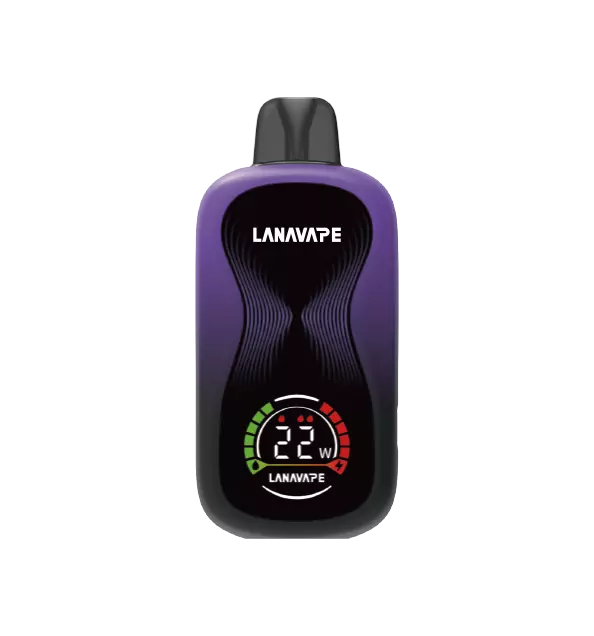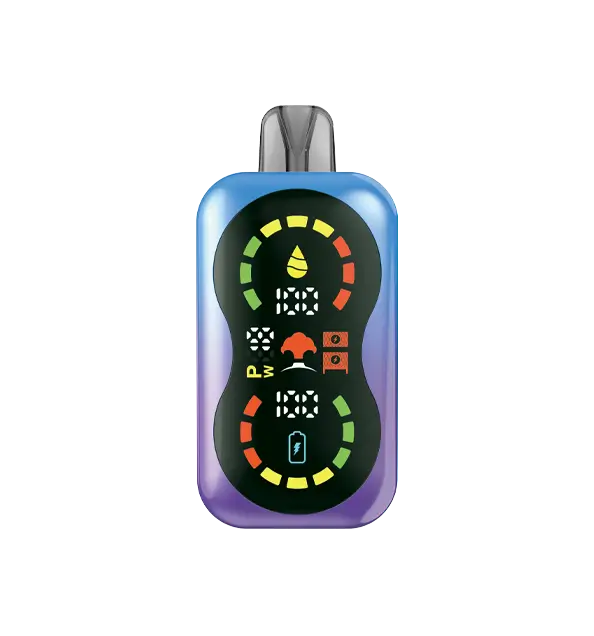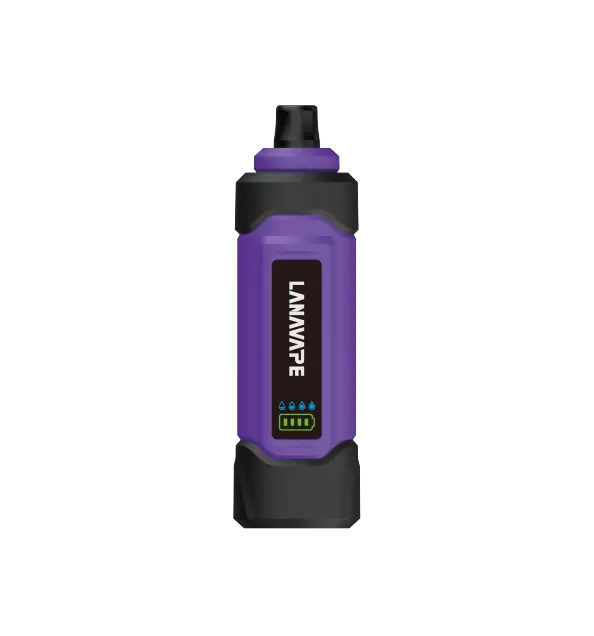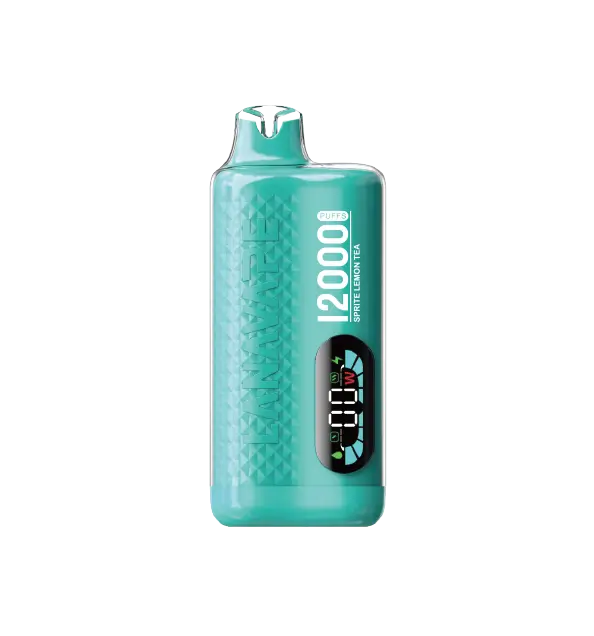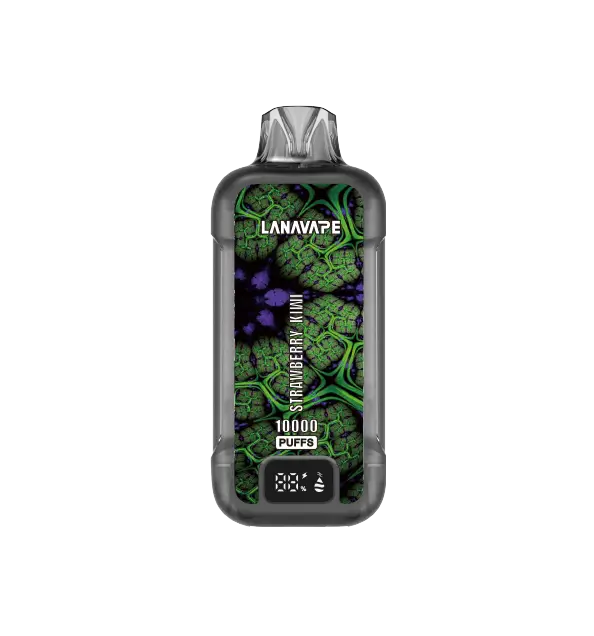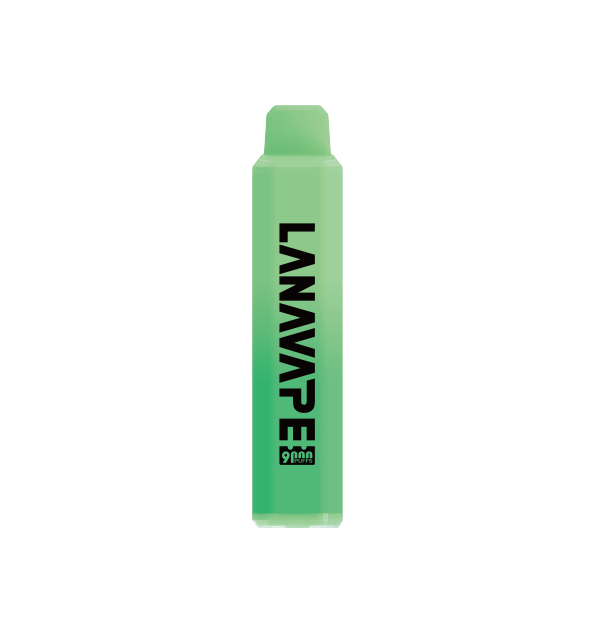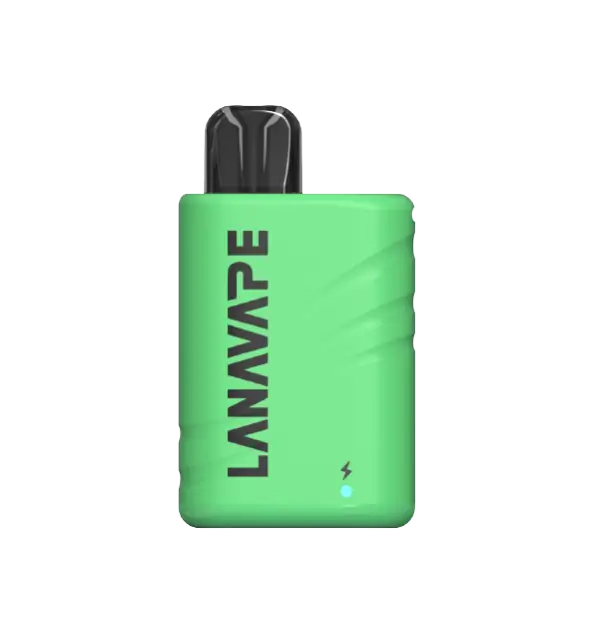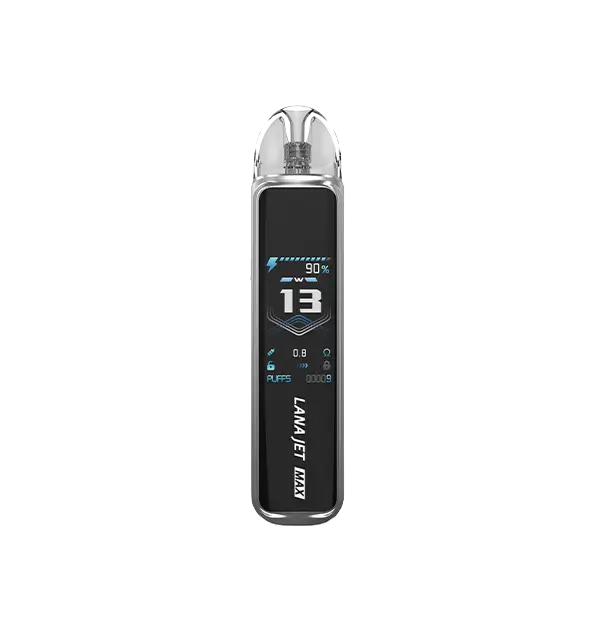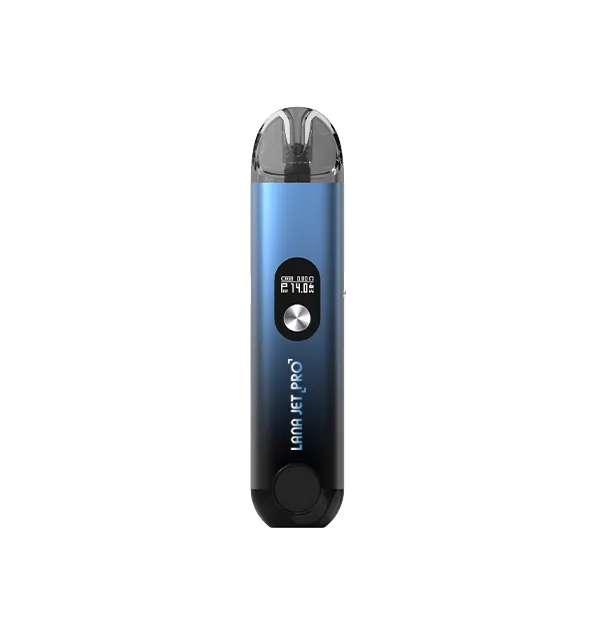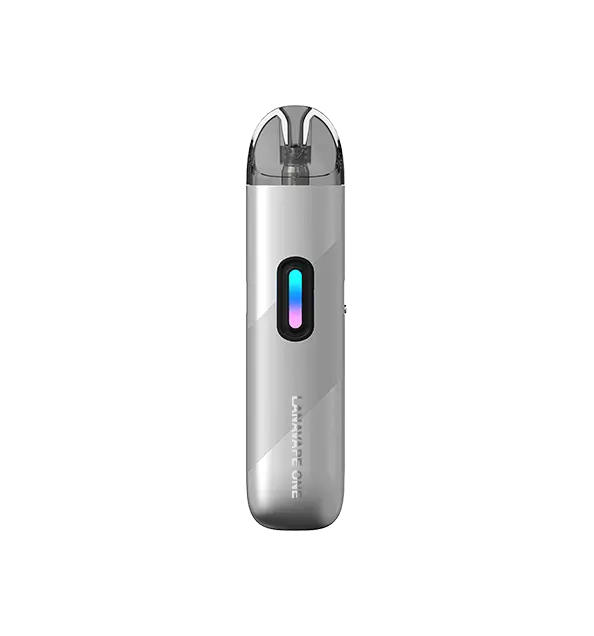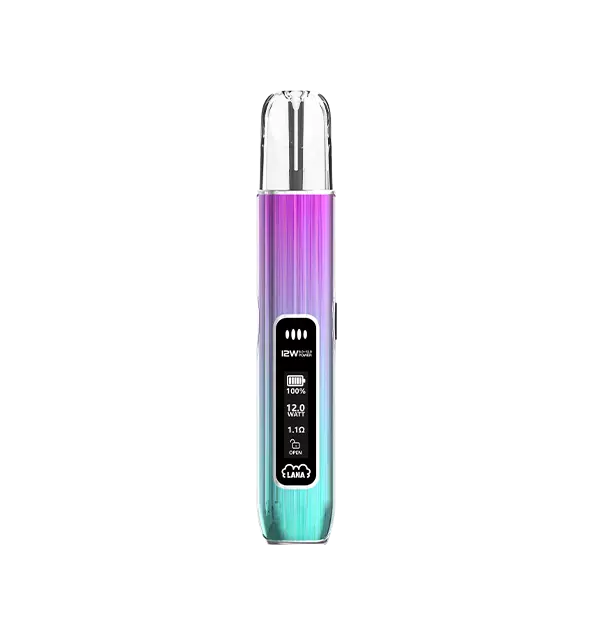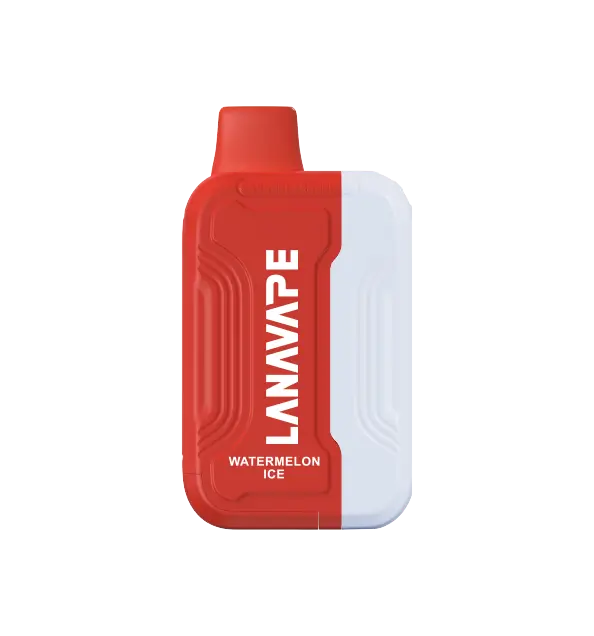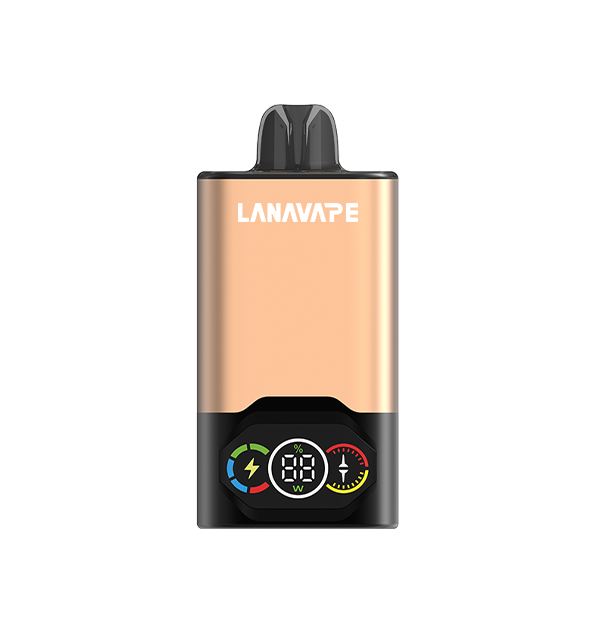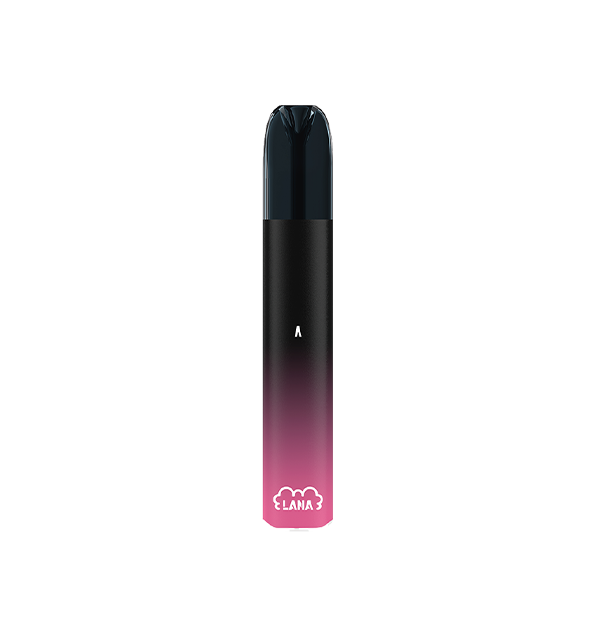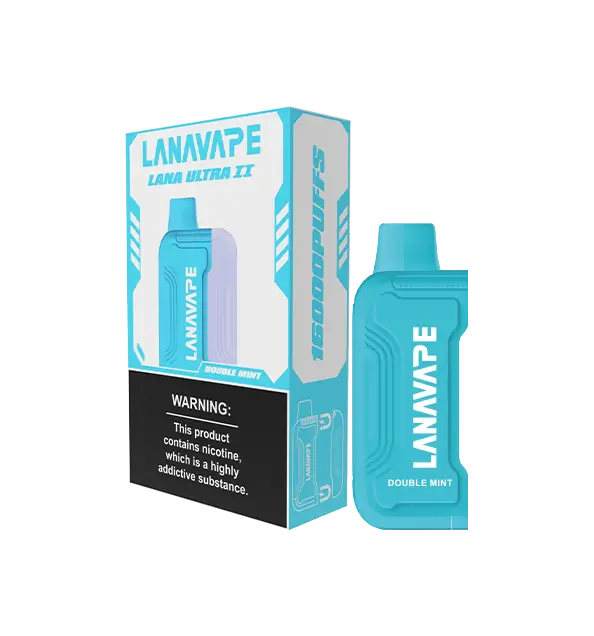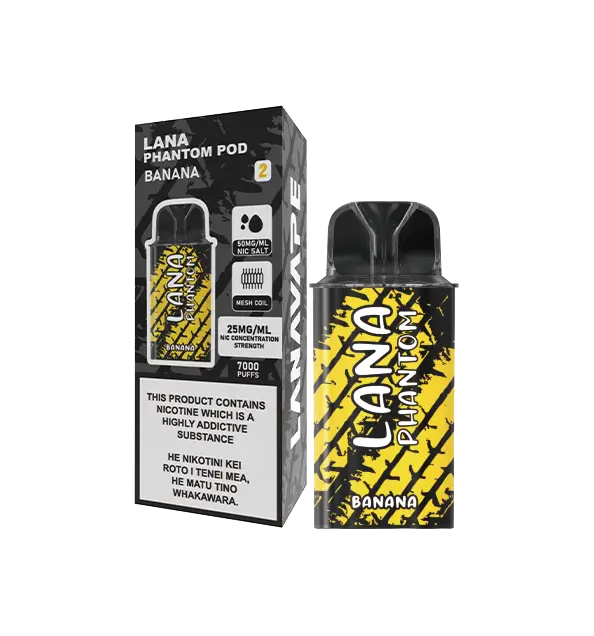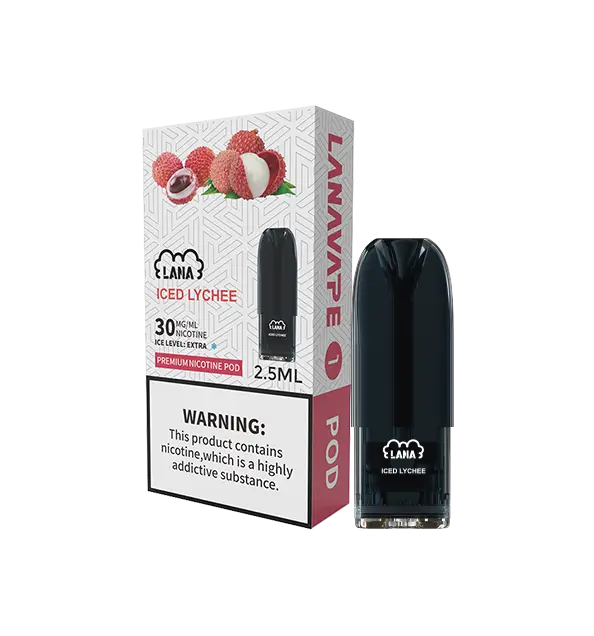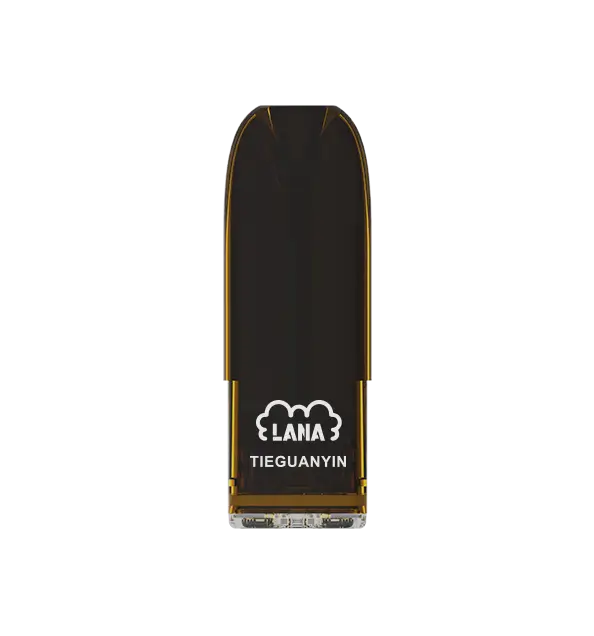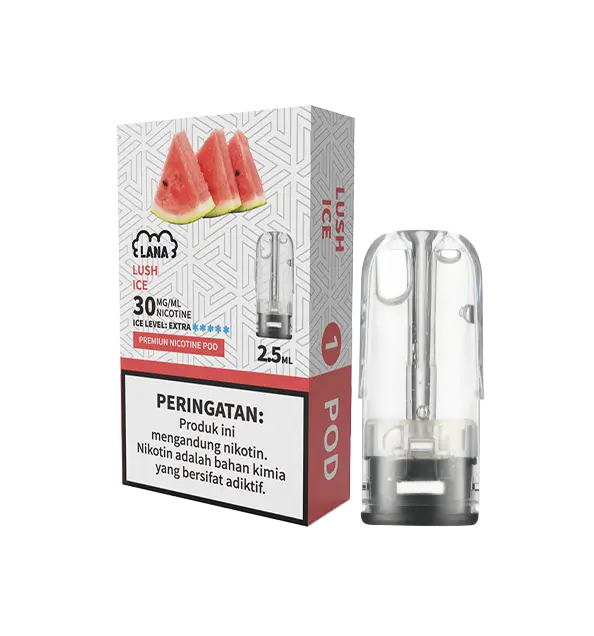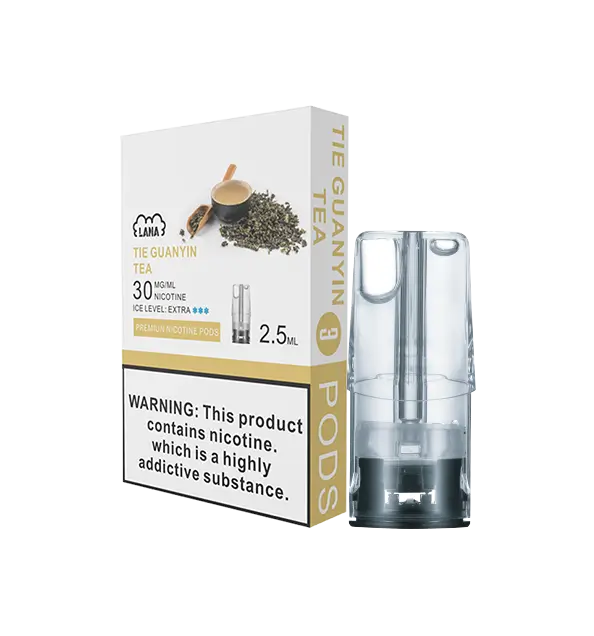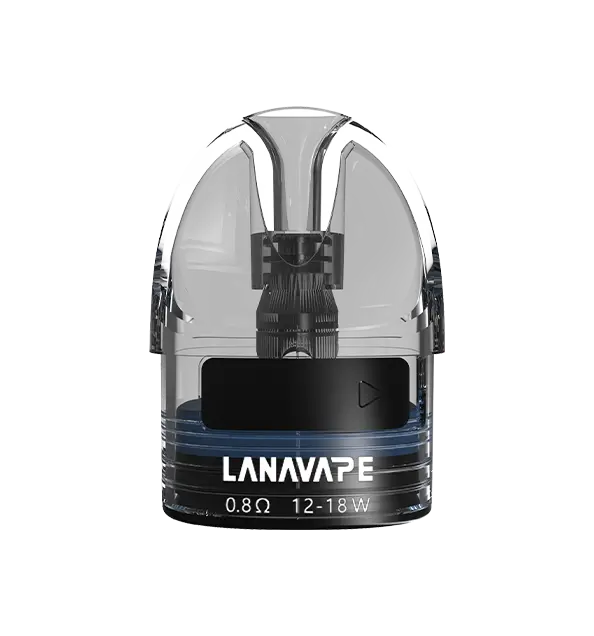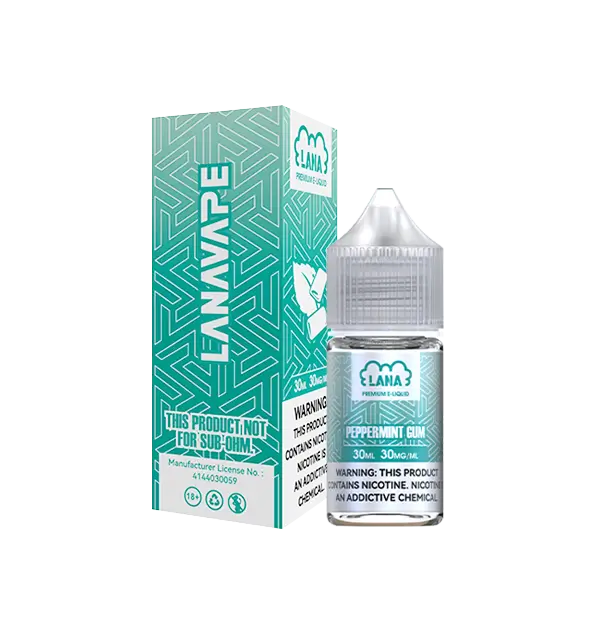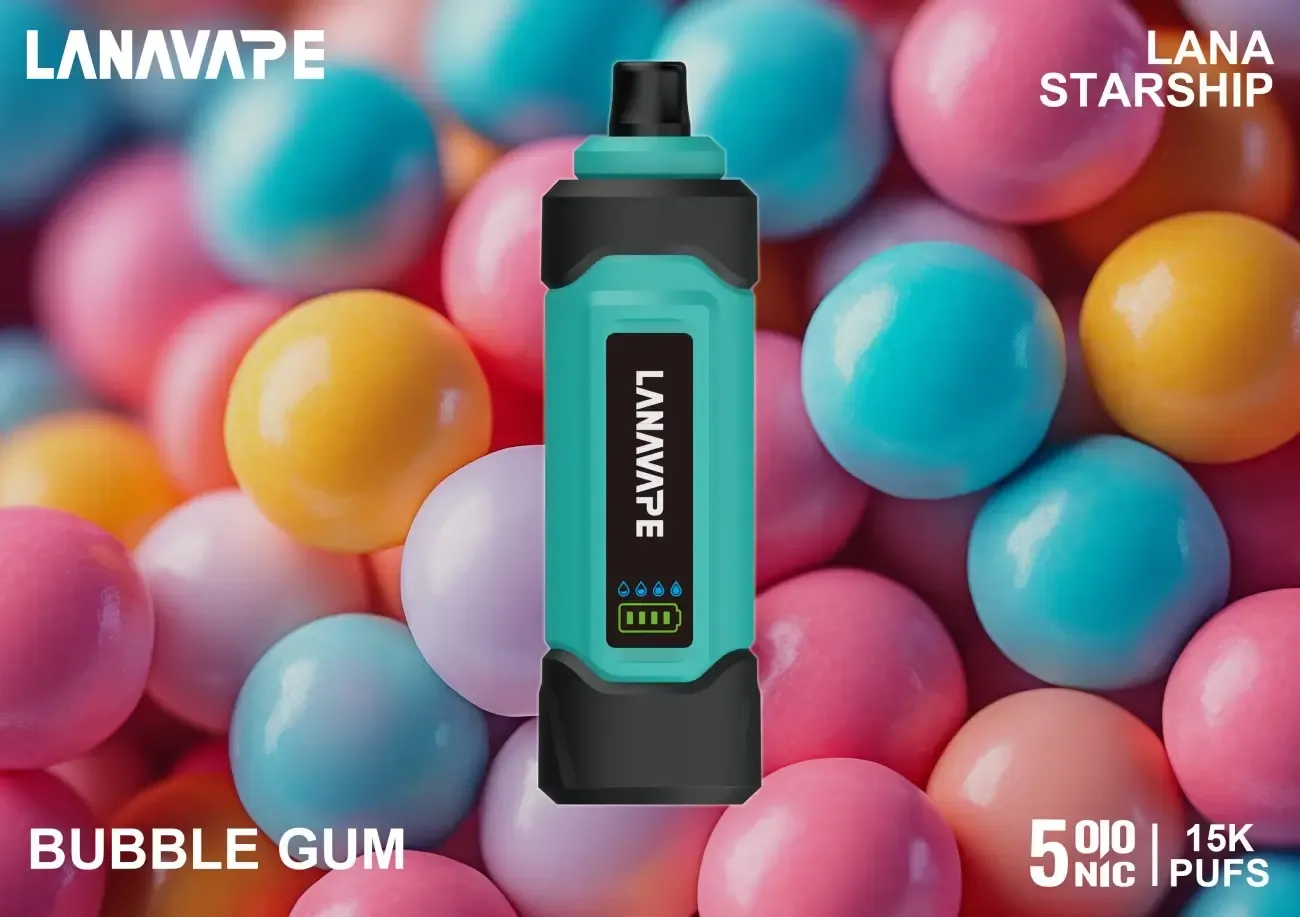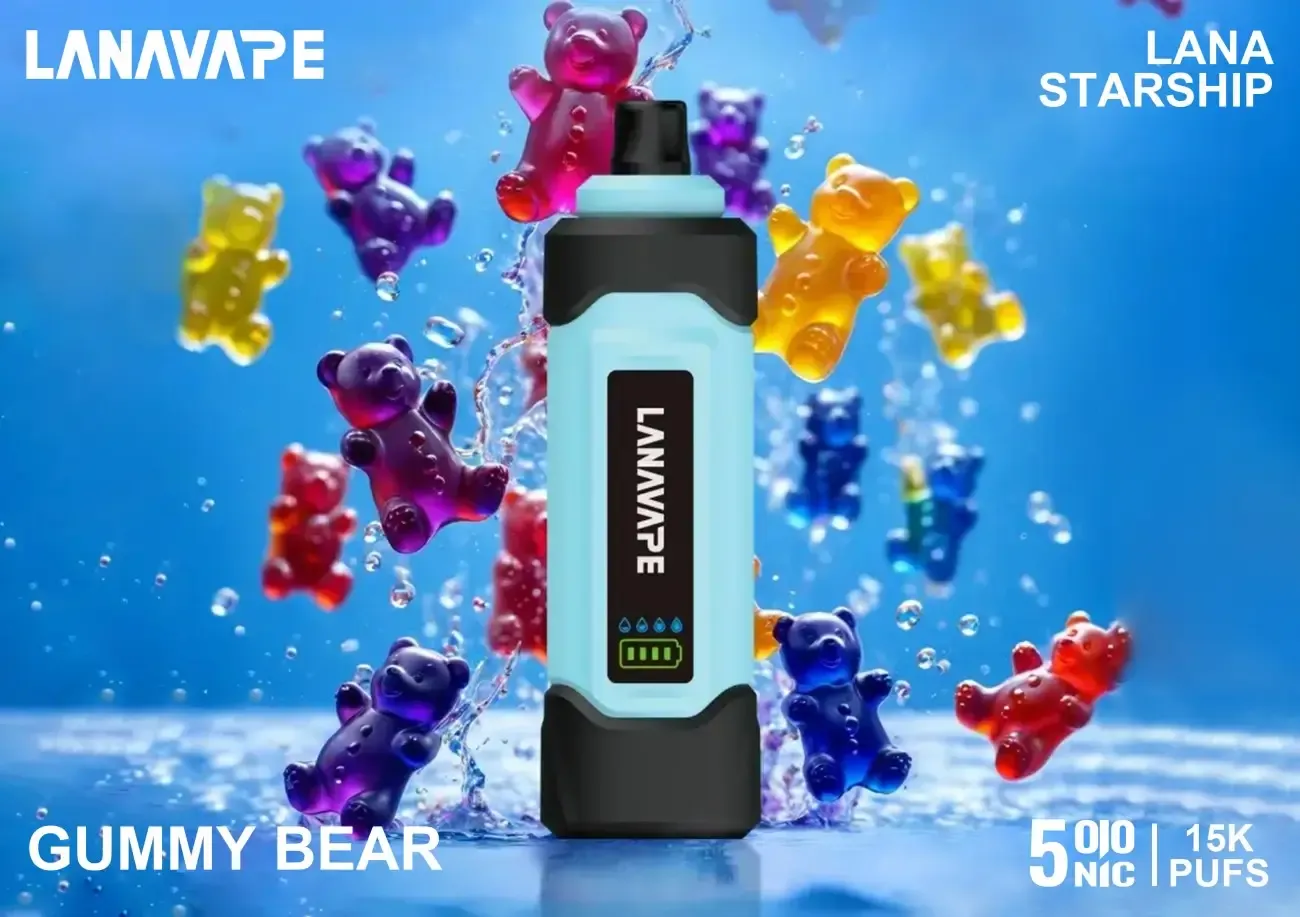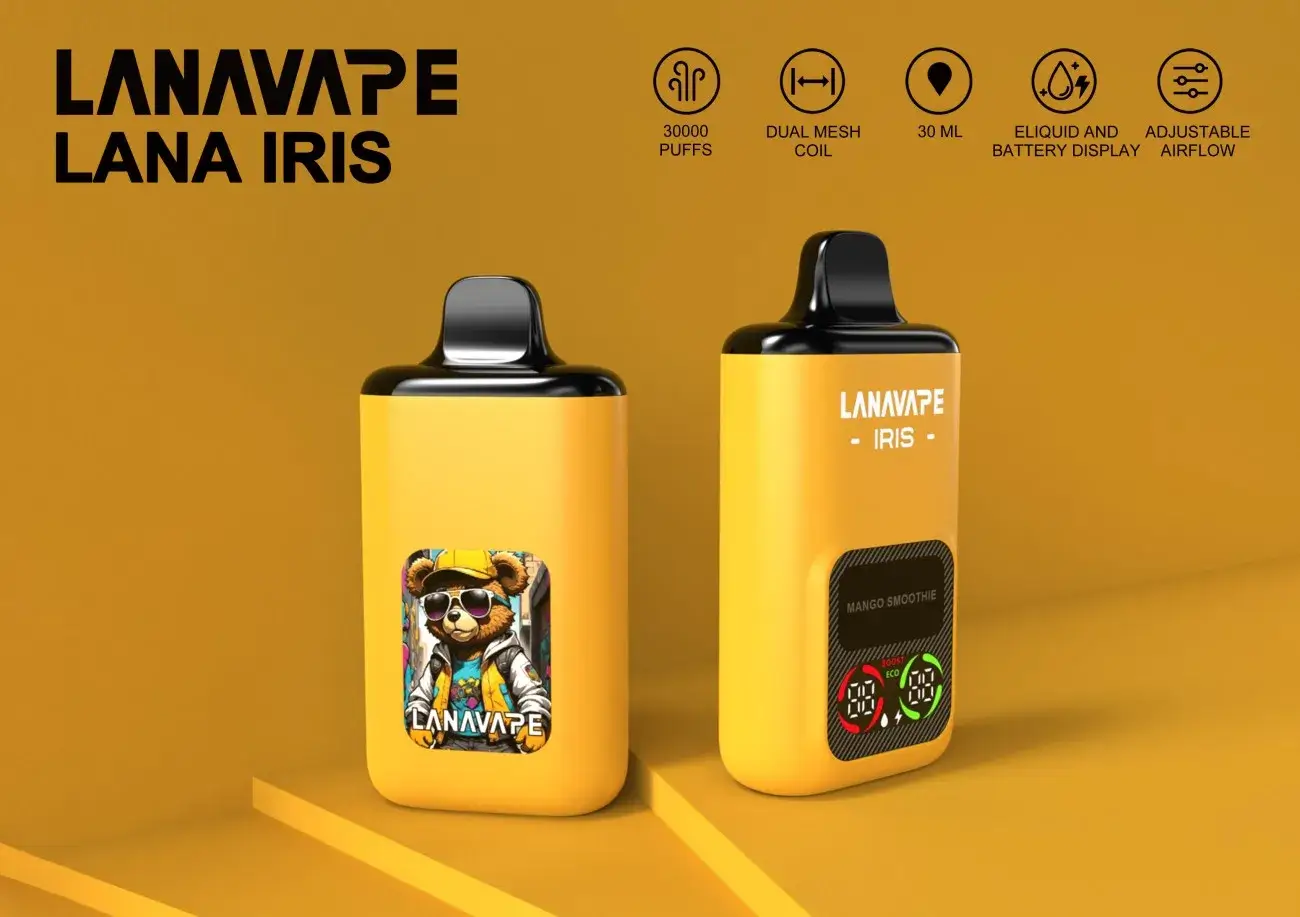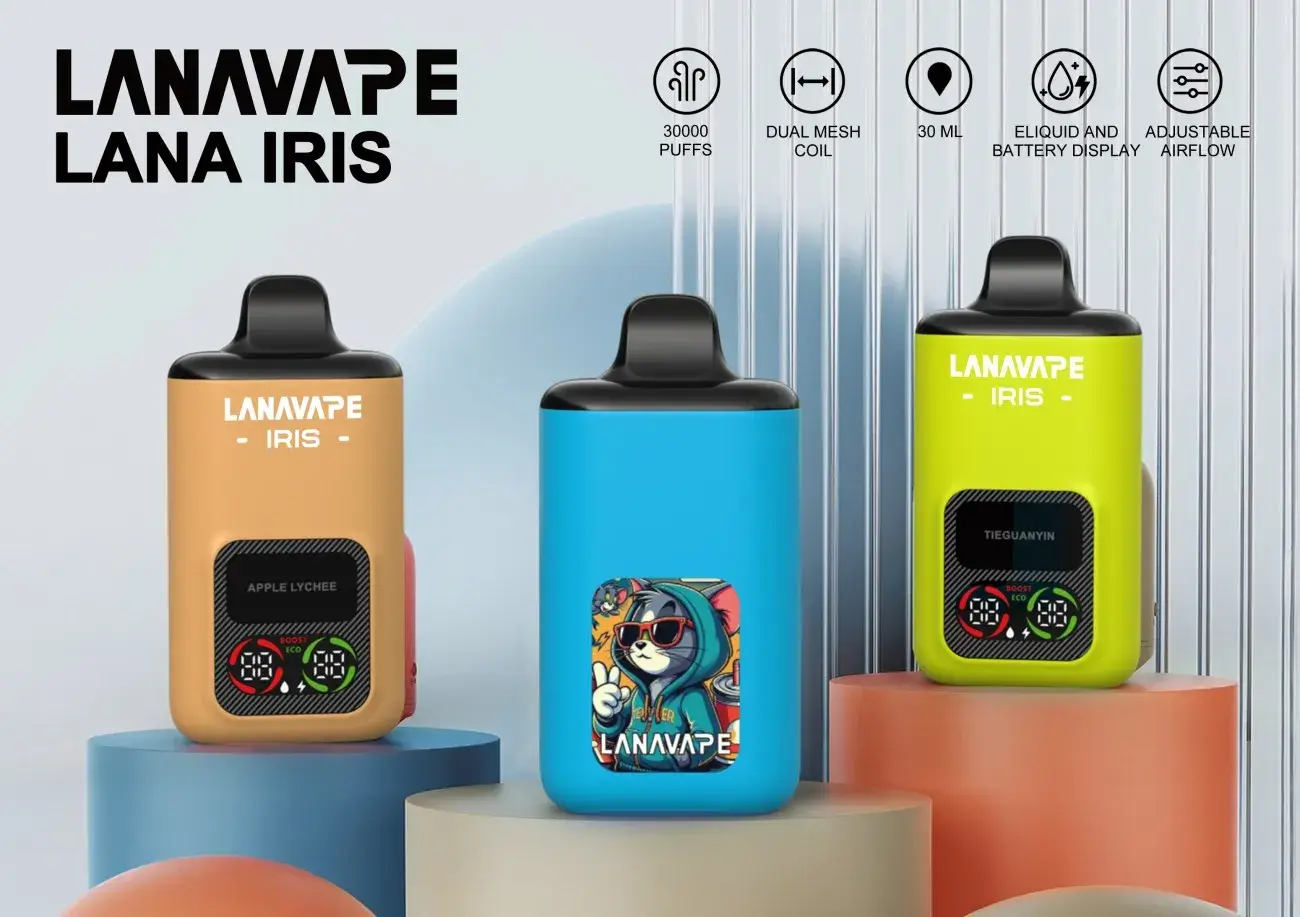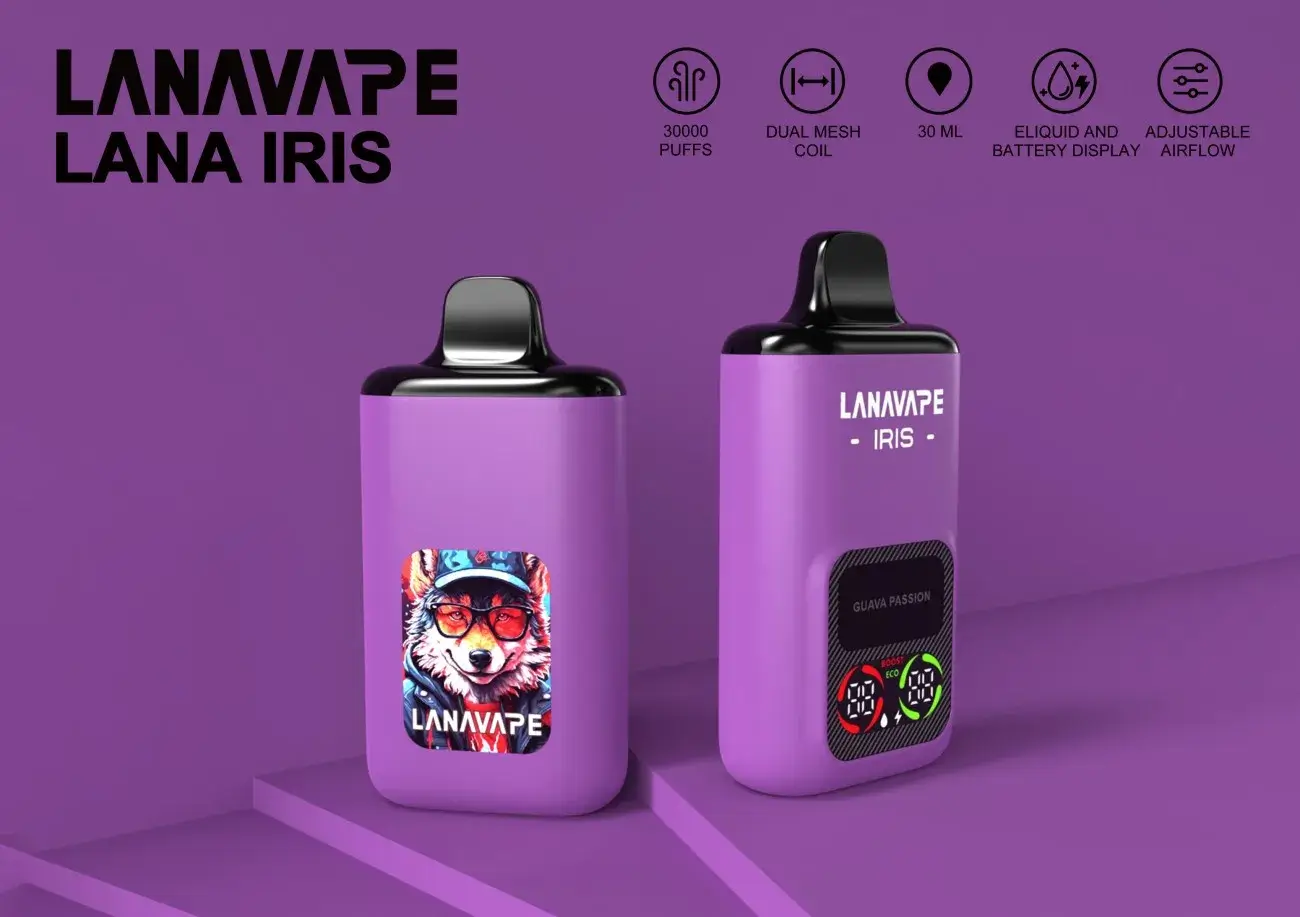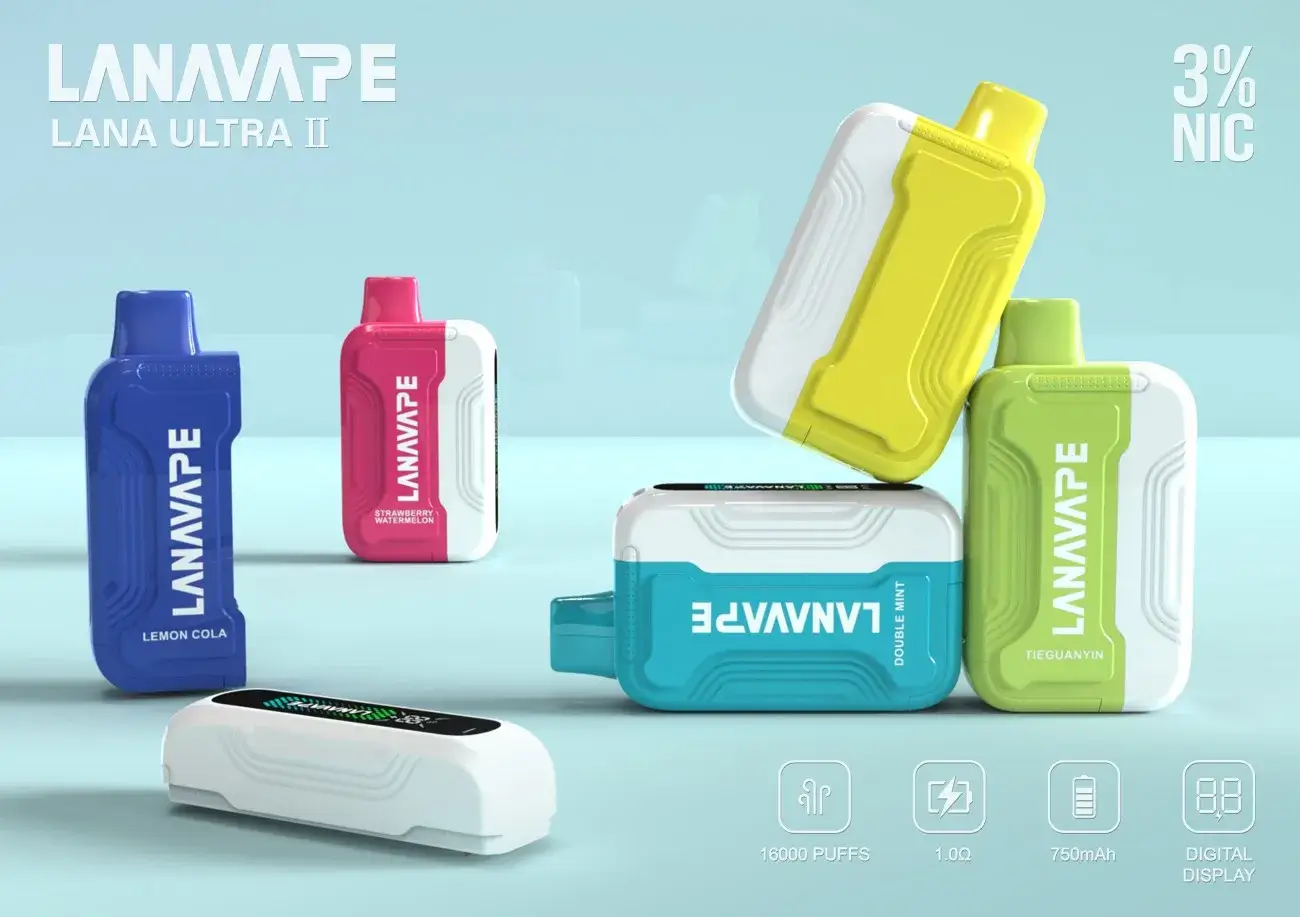
Secondhand vapor (which is technically an aerosol) is the vapor exhaled into the atmosphere by an e-cig user. Like secondhand smoke, it lingers in the air long enough that anyone in the same room (assuming the room is small enough) is likely to inhale some of the exhaled aerosol. As the name indicates, the bystanders are not inhaling secondhand (or passive) smoke—because secondhand e-cigarette vapor simply isn’t smoke.
Smoke is a product of combustion. Burning any substance with fire—including wood, leaves, a building, or any plant material, including tobacco—produces volatile gasses, carcinogenic solid particles, carbon monoxide, and a mixture of dangerous byproducts that in cigarette smoke is called tar. Secondhand smoke isn’t as dangerous as inhaling directly from a cigarette, but regular and prolonged exposure to it is considered a serious hazard.
E-cigs heat e-liquid with a small metal coil housed in an atomizer, and the heat turns the e-juice into the vapor you see. E-cigarette vapor doesn’t have any carbon monoxide or tar, and the particles in the aerosol are liquid rather than solid. Dangerous chemicals and metals are found in vapor, but only in tiny quantities. The levels of toxicants are minute compared to those found in smoke, which means the dangers of secondhand vaping are less significant.
What’s in secondhand vapor?
If you encounter people vaping inside a house, all of the secondhand vapor you see comes out of the mouths of the vapers in the room. There is no side stream “vape smoke” like there is side stream tobacco smoke from cigarettes—no constant emission of vapor pouring from the device when it’s not being used. The user has to inhale to produce vapor. And by the time the vaper exhales, the vapor contains much less of all the substances that were in the inhaled vapor, because most of it is absorbed by the user’s mouth, throat and lungs. There simply aren’t enough of the already-scarce toxicants left over to make secondhand vapor a concern.
Aside from propylene glycol and glycerin (PG and VG)—the two glycols that make up the base of virtually all e-liquids—what vapers exhale into the air doesn’t contain high levels of anything. According to Drexel University toxicologist Igor Burstyn, while the contents of e-cig vapor inhaled by users “justifies surveillance,” there is so little contamination in exhaled vapor that there is unlikely to be any risk for bystanders.
What isn’t inhaled falls to the ground quite rapidly. Those concerned with “thirdhand nicotine”—the unabsorbed nicotine that lands on floors and furniture—might make a case for not vaping around kids or pets who might lick the surfaces. But there’s not much nicotine left in the settled residue. According to a 2016 University of California-San Francisco study, 93.8 percent of the inhaled nicotine is retained by the user, and is not part of the exhaled vapor.
Even if secondhand vaping can’t be proven harmful to others, the concerns of family and friends need to be respected.
“Nicotine from exhaled vapour can be deposited on surfaces, but at such low levels that there is no plausible mechanism by which such deposits could enter the body at doses that would cause physical harm,” Royal College of Physicians researchers noted in that organization’s comprehensive 2016 review of e-cigarette science.
Particles from vaping, which are liquid rather than solid like smoke particles, don’t seem to affect air quality at all. In a 2017 University of California-San Diego study that analyzed the air in 193 low-income family homes, the researchers found that smoking tobacco or marijuana, cooking, and burning candles all affected particle counts in the homes. But vaping (which was being done in 43 of the homes) had no measurable effect on the indoor air quality.
Even studies of the air in vape shops have shown that levels of toxicants are below occupational exposure limits. In fact, the National Institute for Occupational Safety and Health (NIOSH—a CDC agency) found that even in a shop where 13 customers vaped during the day, the flavoring chemicals and formaldehyde measured in the air were all below the allowable exposure limits, and nicotine was practically absent from the samples.
Is secondhand vapor dangerous for Healthy?
In Public Health England’s updated 2022 evidence review, the agency’s experts analyzed several new studies of passive exposure that had been published since the original 2015 PHE e-cig report. They concluded—again—that “to date there have been no identified health risks of passive vaping to bystanders.”
Igor Burstyn’s study of the possible dangers of secondhand vaping attempted to “estimate potential exposures from aerosols produced by electronic cigarettes and compare those potential exposures to occupational exposure standards.” His conclusion: “Exposures of bystanders are likely to be orders of magnitude less, and thus pose no apparent concern.”
Orders of magnitude are multiples of 10. Therefore, 10, 100, 1,000, 10,000, and so on. What Burstyn means is that the exposure to toxic chemicals in secondhand vapor is so slight as to pose no real threat. Whatever the risk may be to the users themselves, it is 10 or 100, or even 1,000 or 10,000, times lower for the bystander.
Does that necessarily mean that vapers should feel free to vape everywhere without regard to the wishes of others? No!
Even if secondhand vaping can’t be proven harmful to others, the concerns of family and friends need to be respected. Obviously, if a spouse or visitor objects, vapers should be courteous and thoughtful, and take the vape outside. Clearly, if someone in the home has asthma or another respiratory condition, secondhand vape is best avoided, since we know PG and some flavorings can irritate the airways.
Children, of course, don’t get to make an informed choice about what they breathe, so vapers should use good judgement and be more cautious than they might be around adults. There are no secondhand vapor studies that specifically measure the lung functions of babies or young children after daily vape inhalation. Vapers shouldn’t experiment on their kids.

